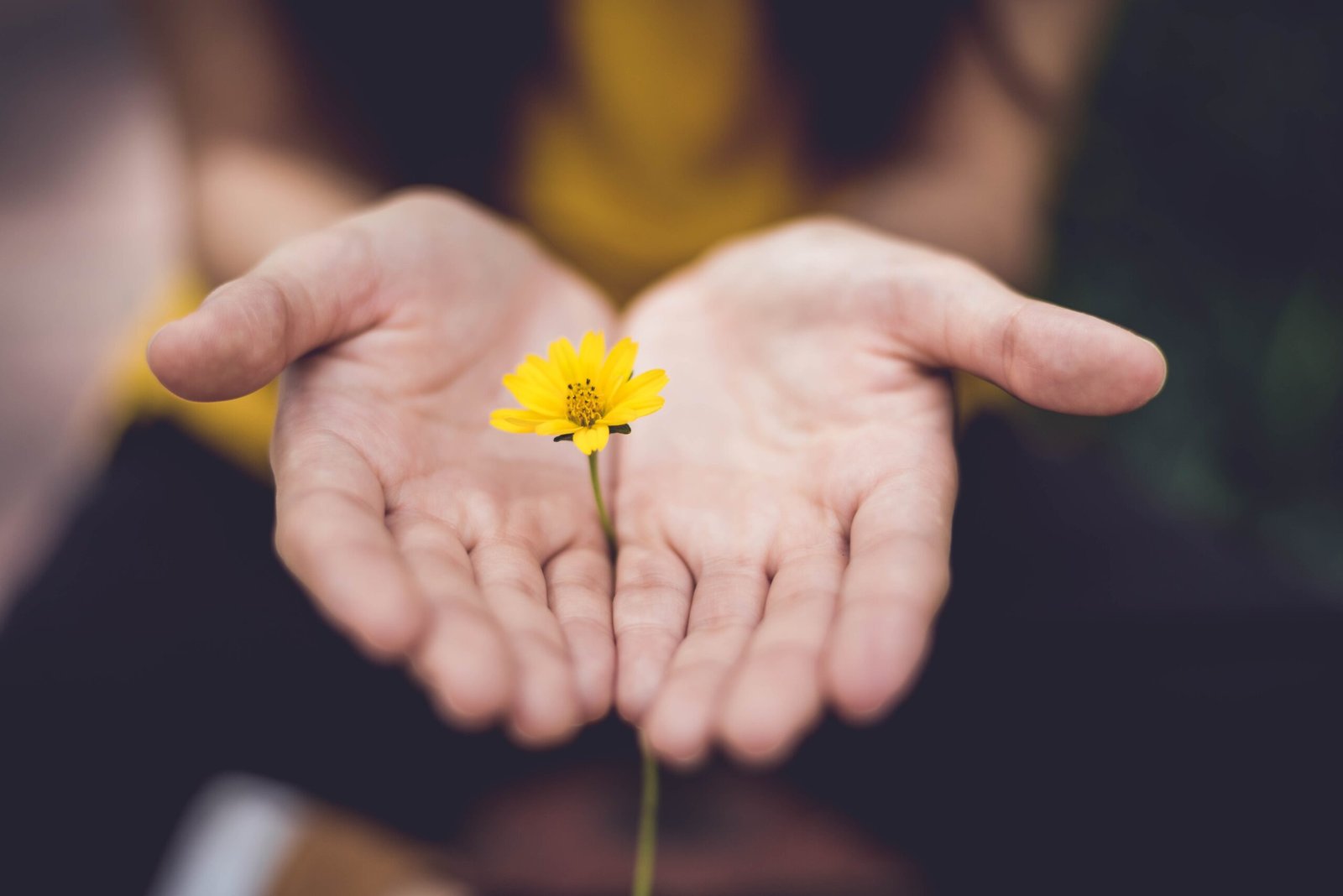
Working Together with KINDNESS
As a teacher and as a mum, I know first-hand how much we pour into our children. We spend hours planning, thinking, worrying, and stressing to make sure our children fulfil their potential across all areas of development. It’s a monumental task.
I often feel that professional mums throw everything we have into the process of raising our children, and more often than not feel very alone throughout this process. But what if we changed the narrative, and used teamwork, coupled with kindness, in our daily routines? Wouldn’t that enable us to take a little pressure off, while teaching our children the act of empathy?
Learning Empathy and Kindness
I sometimes worry that it’s easy to fixate on awards and achievements, which can lead to more selfish ‘takers’, and independently driven children. Often, this is because parents perceive these types of accolades as markers of success. However, for me, the skill of collaboration and the use of kindness in our day-to-day lives is far more valuable, and will pay higher dividends later in life.
One of the benefits of creating an interconnected world is that we give our young folk a much more meaningful understanding of empathy. This also helps build more diverse networks for them, and for us. Empathy helps children become less scared of asking for help when they need it. If we take the time to be kind and help others in need, it leads to a cycle of caring that contributes to a more positive worldview.
This, in essence, is a world that we want our children to grow up in. One with stronger communities and greater reliance on each other, rather than one focused on competition.
We may have been led to believe that kind people fall behind, and “nice guys finish last”, but if kindness is coupled with social intelligence, then kindness can take our kids a long way.
A Multidisciplinary Approach to Empathy
The best way to teach empathy is when children see examples of this both at home and at school. Children who see practical examples of kindness, and are able to work collaboratively with their peers are likely to employ the same tactics in their day-to-day lives.
With collaboration, we not only create stronger communities but also better ourselves. For example, if the main class teacher takes the time to learn drills from the PE teacher, they can use these to give their children a simple movement break after concentrated desk work. After a break like this, children perform better and may find it easier to concentrate on what’s coming up in their next lesson. A quick act of collaboration like this one can make a huge impact on students.
I believe strongly that a multidisciplinary approach to teaching benefits all children. To be able to tap into all their senses and teach them through movement (kinesthetic learning), play (creative), and auditory and visual means is a key strategy that can reach all children, including those with learning difficulties.
Teachers across all disciplines working together, and exchanging ideas benefits not just our children, but the teachers as well.

